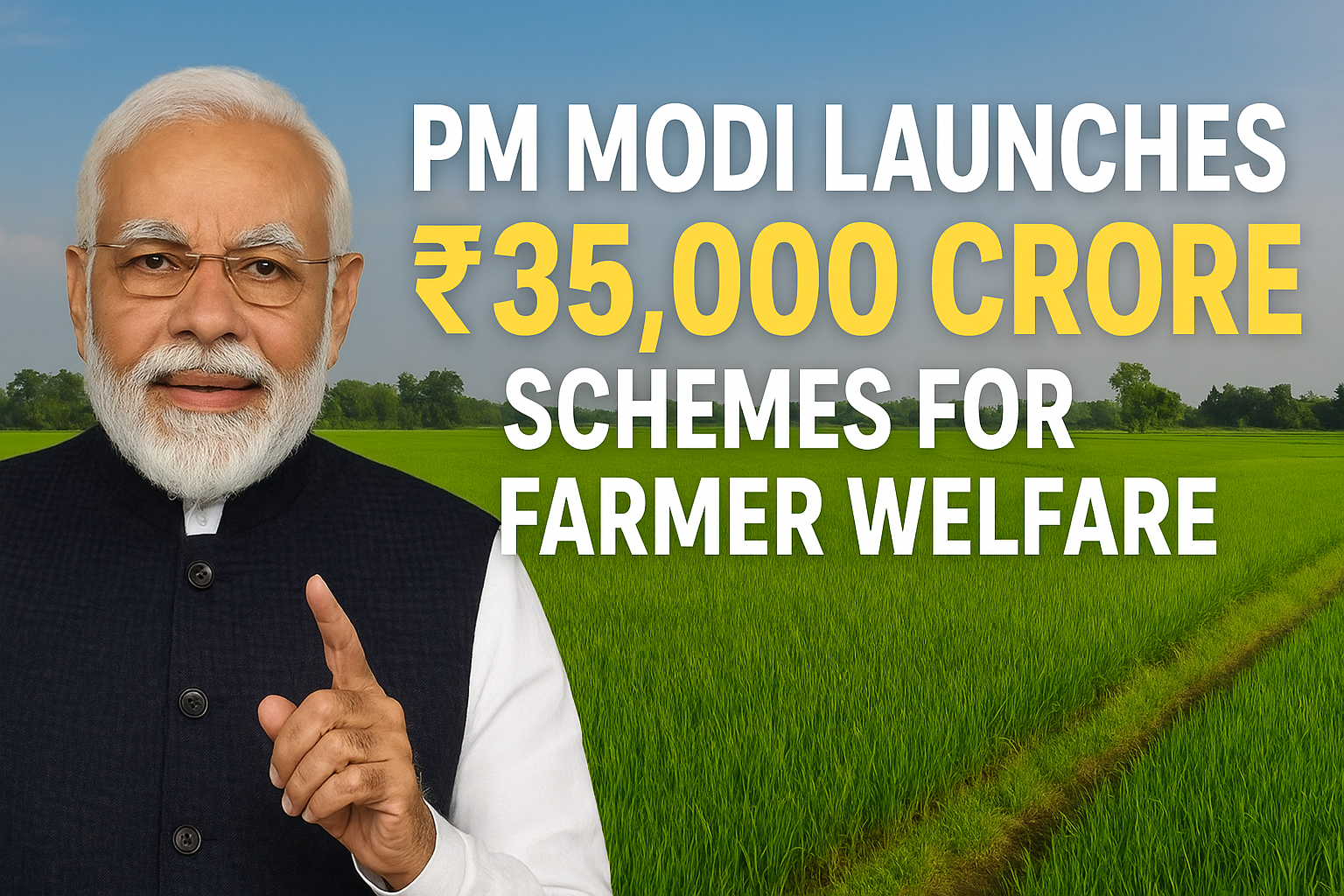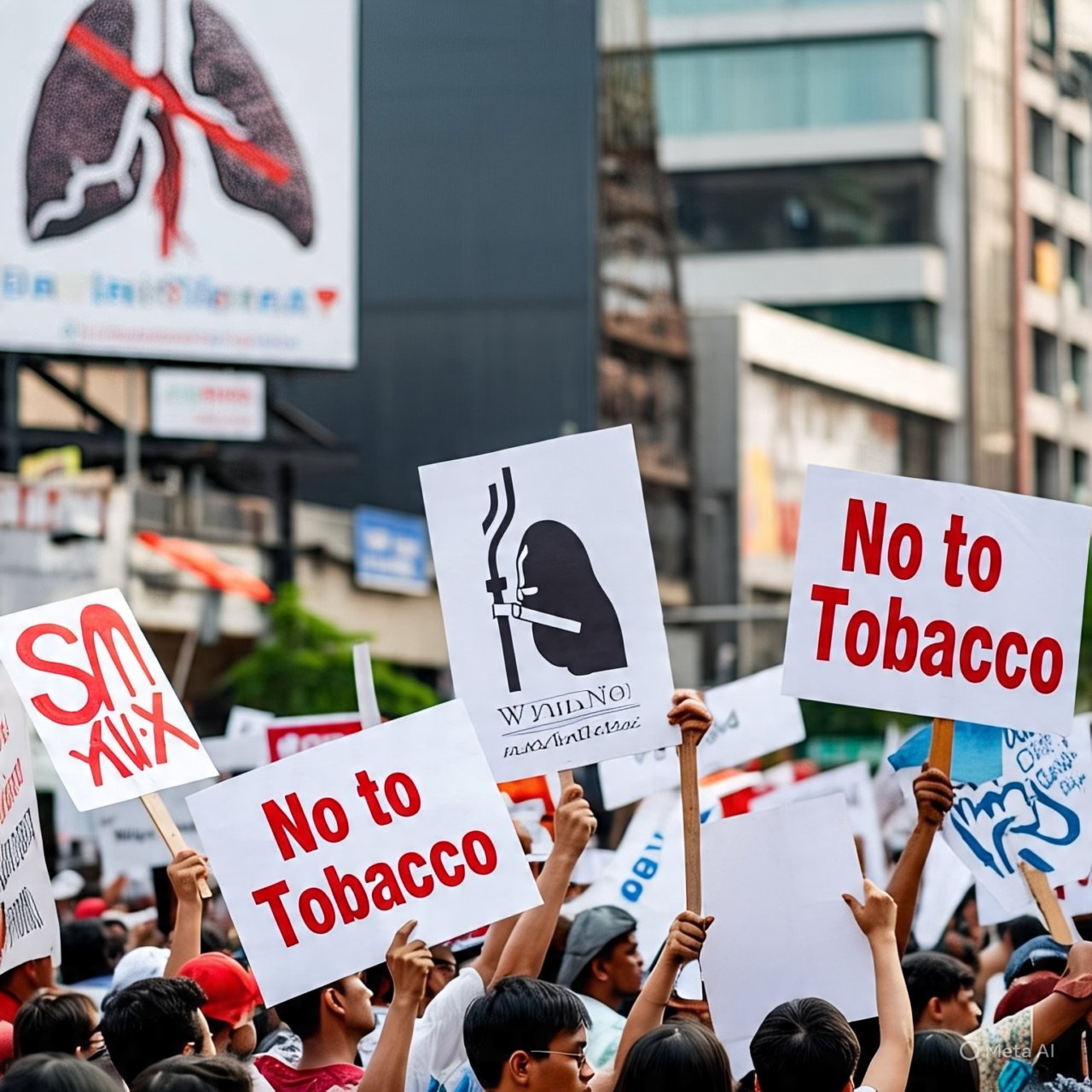
Every year on May 31, the digital world sees a surge in hashtags like #WorldNoTobaccoDay. Health experts take to platforms, schools organize awareness drives, and policymakers renew vows to curb tobacco consumption. Yet, behind the ceremonial speeches and catchy slogans lies a far more tangled reality: India’s economy is deeply entwined with the very industry it pledges to fight.
The Growing Market of Tobacco in India
India is the second-largest consumer of tobacco in the world, with more than 253 million users aged 15 and above. The domestic tobacco market is not only vast but also growing steadily. As of 2024, the Indian tobacco market reached a volume of 804.8 thousand tons, and forecasts suggest it could grow at a compound annual growth rate (CAGR) of 2.1% to reach 987.5 thousand tons by 2033.
This is not just about cigarettes. India’s tobacco culture includes a wide range of smokeless products such as Gutka, Khaini, and Zarda, which often escape the regulatory radar. The cigarette segment alone was valued at USD 26.59 billion in 2024 and is projected to grow to USD 64.92 billion by 2033.
Tobacco's Economic Contributions
Beyond its consumption figures, the tobacco industry holds an economic grip that few sectors can match. It contributes an estimated USD 150 billion annually to the Indian economy. This includes revenue from taxes, employment in cultivation and manufacturing, and foreign exchange earnings.
Around 7.25 million Indians are directly or indirectly employed in tobacco farming, bidi rolling, packaging, and distribution. For many rural families, especially in states like Andhra Pradesh, Gujarat, and Karnataka, tobacco is a livelihood crop. Any drastic policy aimed at eliminating tobacco would thus affect millions who depend on it for their daily bread.
A Heavy Toll on Public Health
Even as tobacco fills government coffers, it empties hospital beds. Tobacco use is the leading cause of preventable deaths in India, claiming around 1.35 million lives each year. Tobacco-related cancers alone accounted for 27% of all cancer cases in 2020.
The paradox deepens when we examine the cost of treating tobacco-induced illnesses. A WHO study pegged the economic cost of tobacco use at approximately 1% of India’s GDP, or around USD 27.5 billion in 2017-18. That’s eight times the excise revenue generated from tobacco products during the same period.
In essence, for every INR 100 earned through tobacco taxation, India loses INR 816 in healthcare costs and productivity.
The Youth Factor and Regional Challenges
Perhaps the most alarming trend is the rise of tobacco use among Indian youth. A recent study in Namakkal district of Tamil Nadu revealed that one in five high school students uses tobacco, mostly in smokeless forms. The problem isn’t limited to rural areas. In Kolkata, 56.6% of residents smoke, with 82% of men and 23.5% of women identifying as smokers—the highest among Indian metros.
The youth are particularly vulnerable to surrogate advertising, which promotes tobacco brands through lifestyle products like pan masala or mouth fresheners. Despite bans, such advertisements often feature celebrities and are widely visible across television, digital media, and even at local stores.
Policy versus Practice
India has been lauded for its strong legislative framework to control tobacco. The Cigarettes and Other Tobacco Products Act (COTPA), pictorial health warnings, and a ban on advertising were significant steps. Moreover, India is on track to achieve a 30% reduction in tobacco use prevalence by 2025 from 2010 levels, a target set under the WHO's Framework Convention on Tobacco Control (FCTC).
Yet enforcement remains spotty. In many states, especially in semi-urban and rural areas, tobacco products are sold openly near schools and hospitals. Enforcement officers are few, and penalties are often not stringent enough to deter vendors.
The government also faces a policy dilemma. On one hand, it promotes tobacco control through public health campaigns. On the other, it hesitates to impose strict bans or higher taxes due to the potential economic fallout. Tobacco farming remains under agricultural subsidies in some states, and bidi manufacturers often operate in the informal sector, making regulation difficult.
The Real Story Behind the Hashtag
World No Tobacco Day, though well-intentioned, increasingly feels like a slogan detached from grassroots realities. The health risks are undeniable, but the economic, cultural, and social dimensions of tobacco use make eradication a far more complex task.
The challenge lies not just in educating the masses about the harms of tobacco but in creating alternative economic opportunities for those dependent on it. Health awareness cannot work in isolation. It must be paired with livelihood programs, crop diversification efforts, and stringent monitoring of marketing practices.
A Pragmatic Approach
To truly address the tobacco epidemic, India must adopt a dual strategy:
- Health-Centric Measures: Strengthen enforcement of existing laws, increase taxation on tobacco products, and invest in cessation programs. Public health messaging must evolve to counter the glamorization of tobacco.
- Economic Transition Plans: Develop policies to wean farmers away from tobacco cultivation by promoting sustainable alternatives. Provide vocational training and financial support to bidi workers and others in the informal tobacco sector.
Digital campaigns, celebrity endorsements, and school drives are helpful, but they are not enough. India needs a tobacco policy that is as comprehensive as the problem is entrenched.
Until then, World No Tobacco Day will remain just that—a day, a trending hashtag, and a temporary echo of good intentions, drowned out by the far louder machinery of a billion-dollar industry.


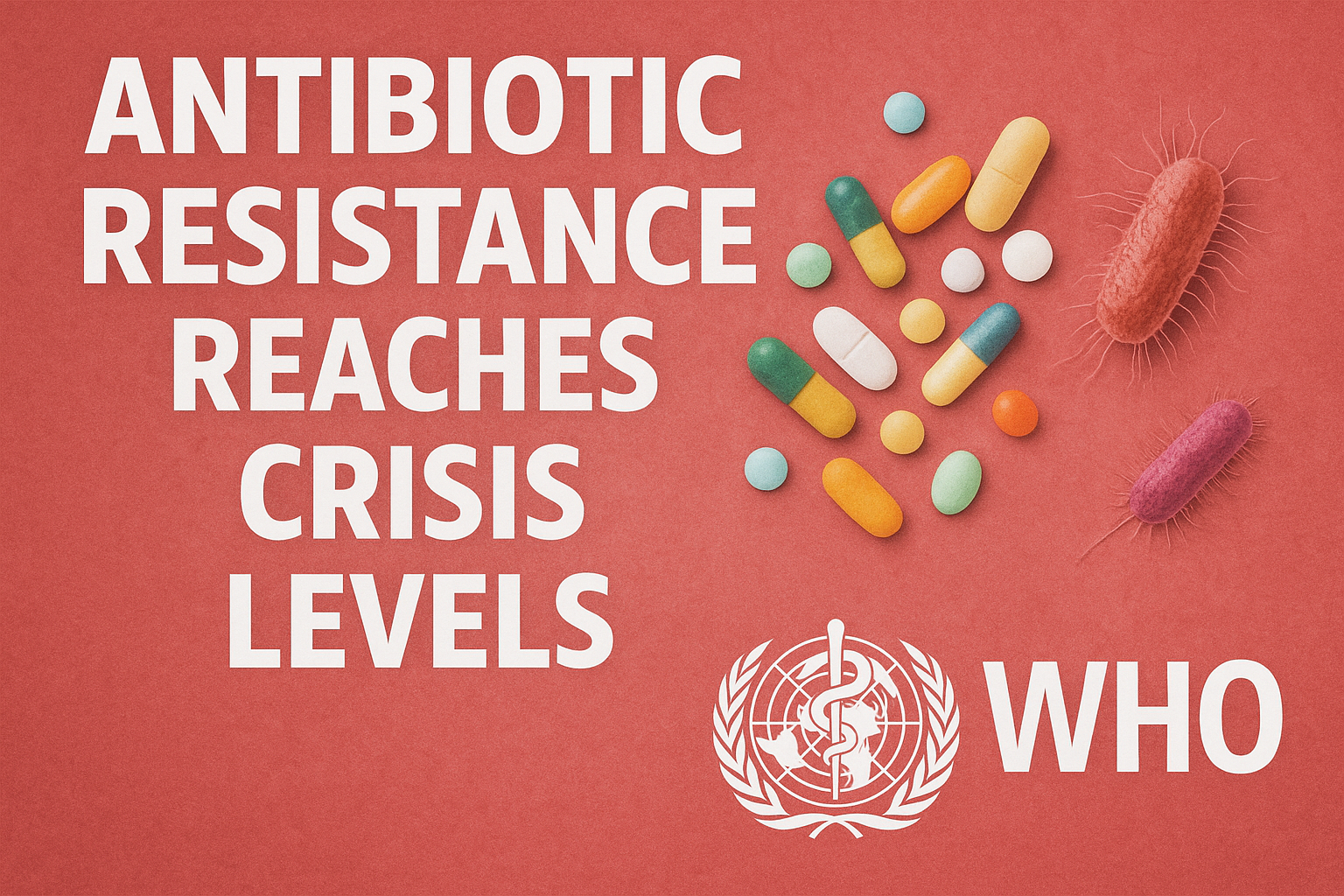
.jpeg)

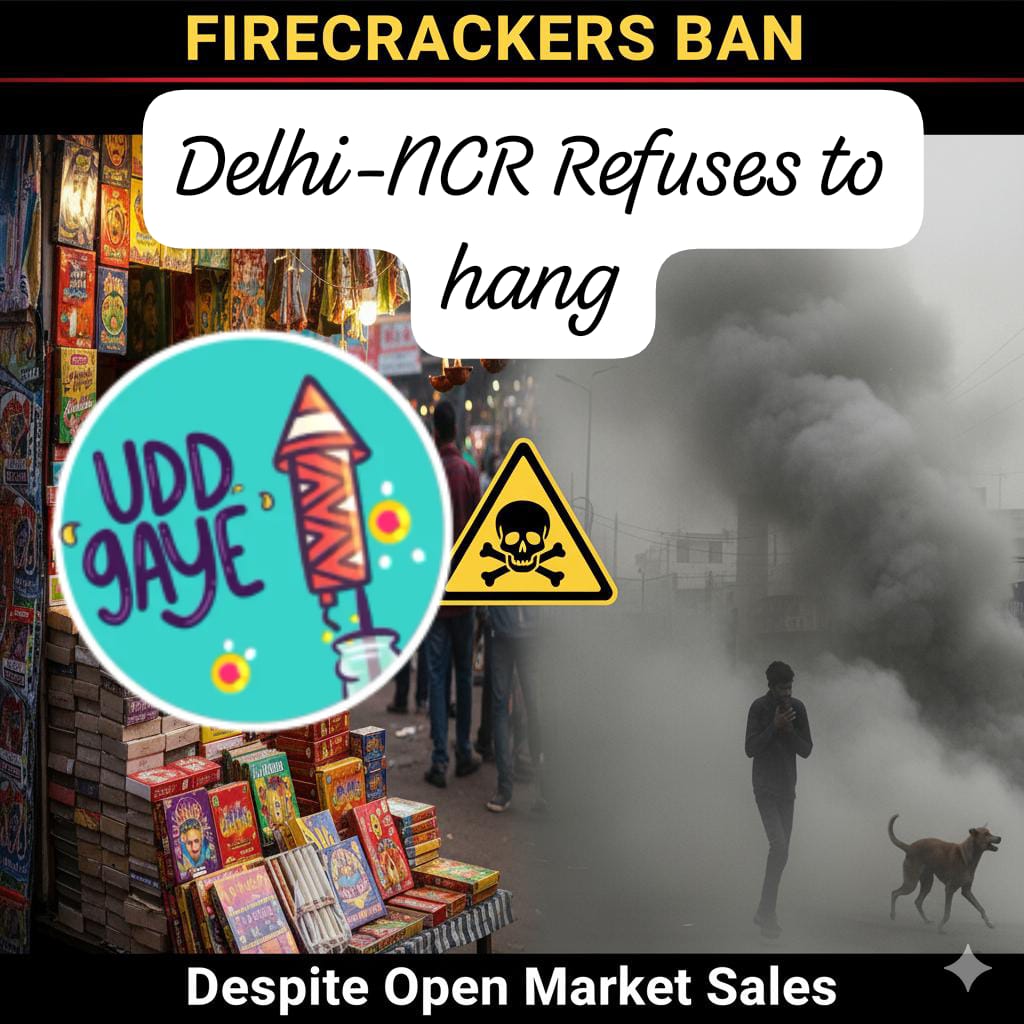




.jpeg)
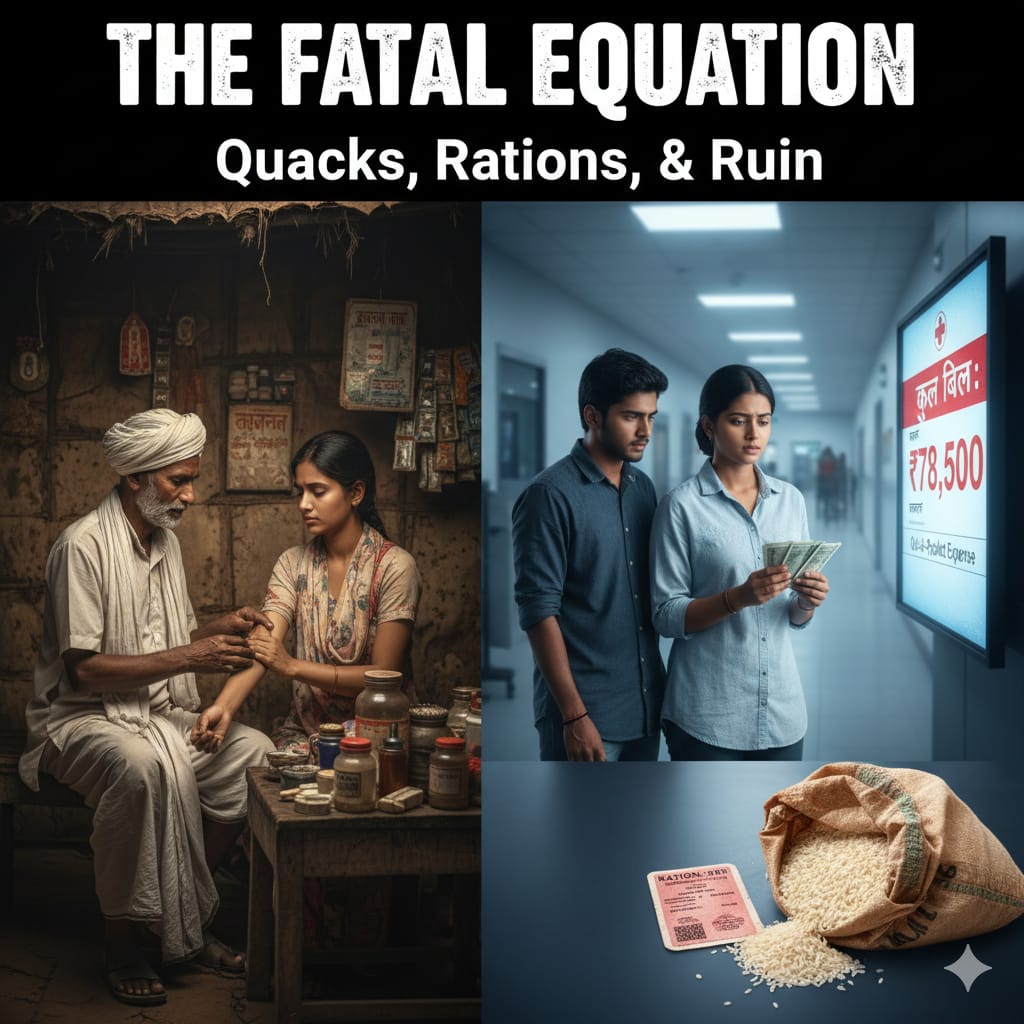
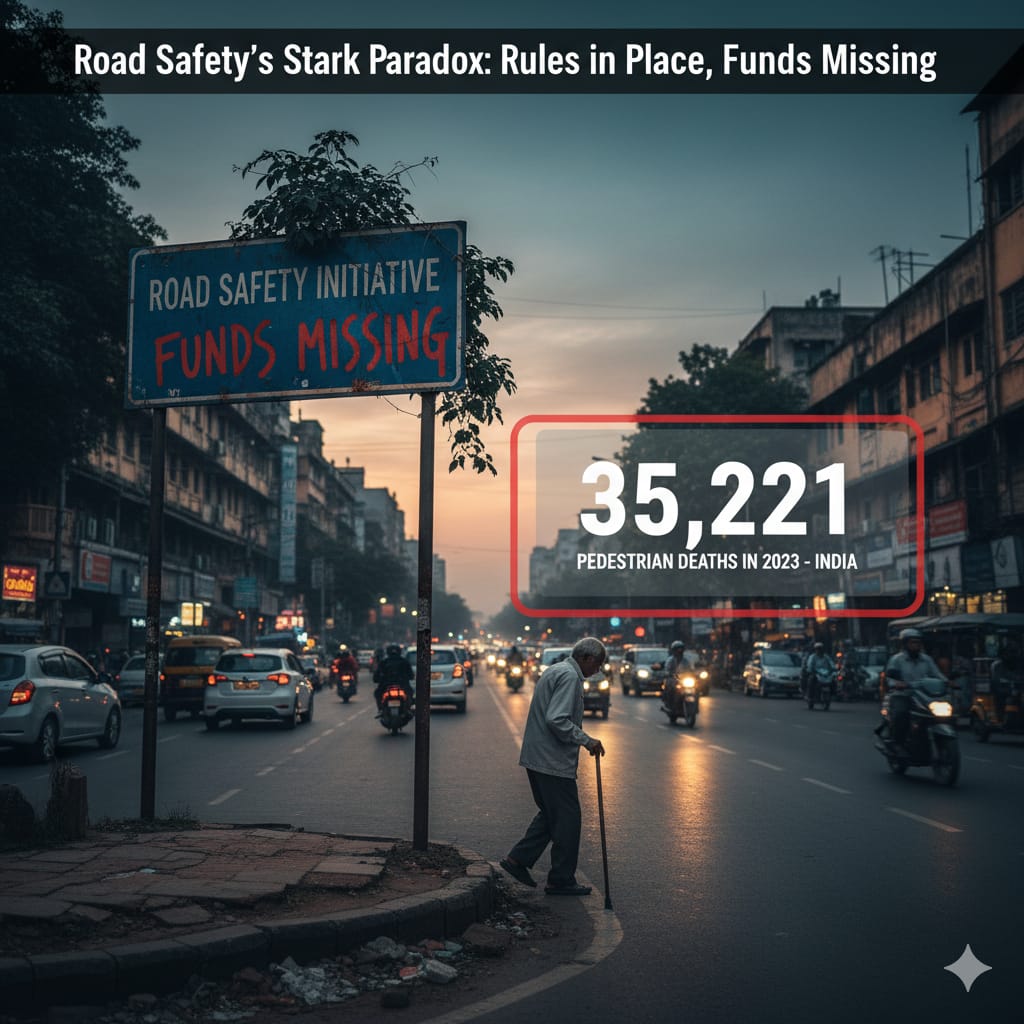
.jpeg)




.jpeg)

